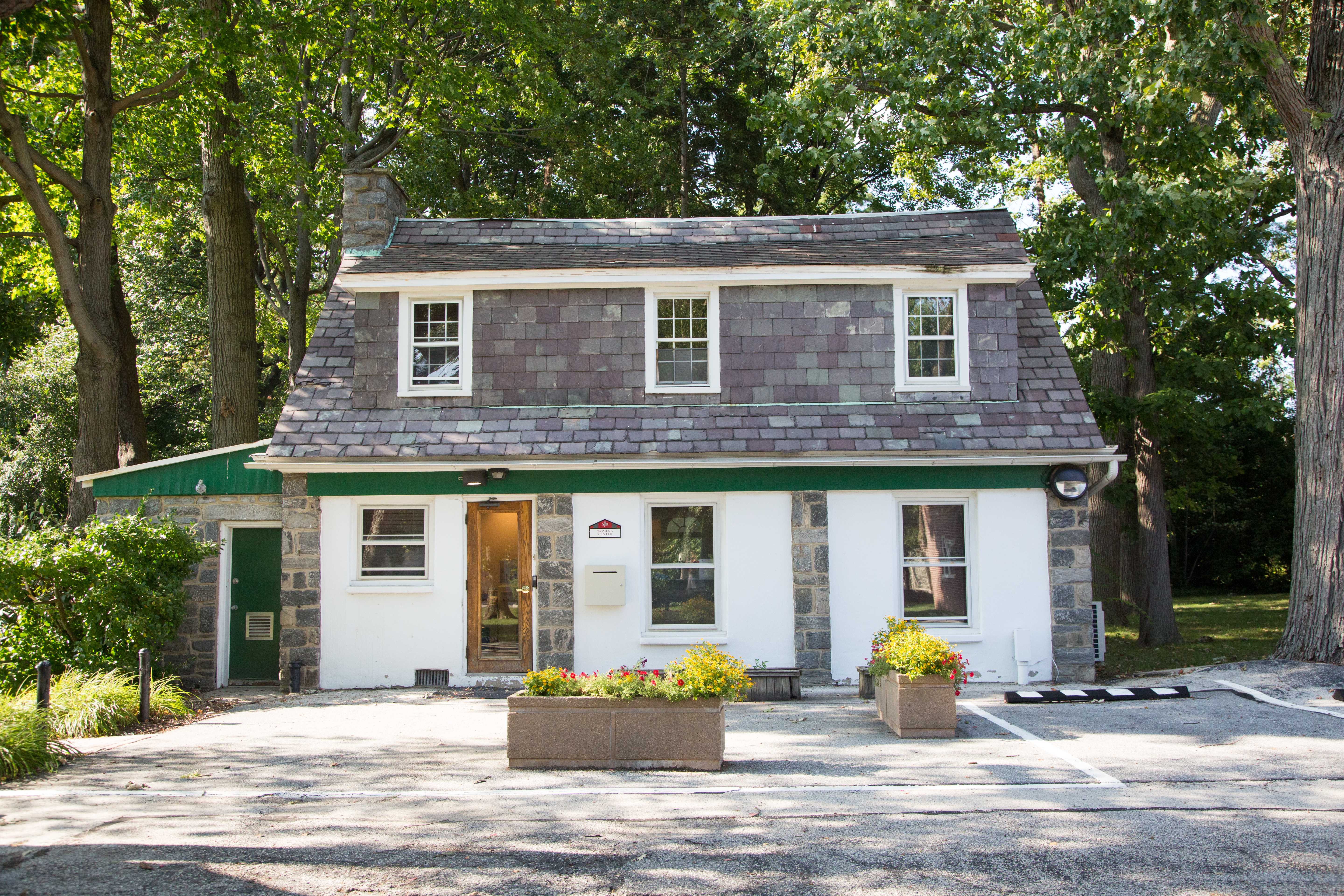A space for student use and inclusion
The Saint Joseph’s University’s Women’s Center, located in the Saint Albert’s Annex, has a misnomer, for its name implies that it is only for women.
In reality, anyone with a St. Joe’s ID has swipe access to the Women’s Center between 9 a.m. and 6 p.m. Monday through Friday.
“It’s actually offered to all students on campus,” said Monica Nixon, Ph.D., assistant provost for inclusion and diversity. “It’s a hub for women centered programming, but just as if we do a program like taste of the world, when we do a program like that it’s not just the cultures that are represented that attend that, it’s actually something that the whole campus is interested in.”
Kevin McGinnis, ’20, a member of SJU Pride, said the group used to host meetings in the Women’s Center before the Office of Inclusion and Diversity had officially opened.
“In the beginning of the first semester last year, we had been using the Women’s Center as like HQ,” Mcginnis said. “Because we didn’t exactly have the Office of Inclusion and Diversity open yet.”
Rachel Cox, ’19, inclusion and diversity representative for Student Senate, believes that the Women’s Center is a positive resource, but is not well-known to the campus community.
“The access part isn’t so much getting there, it’s more people knowing that it exists,” said Cox. “I feel like not many people do know the Women’s Center is a resource on campus and part of that is because it’s so tucked away.”
McGinnis also agrees that the Women’s Center is not well-known on campus, but feels knowing it is a resource is comforting.

“It’s beautiful there, it’s so homey,” McGinnis said. “Just having it there, its presence is really significant. I think other students could know about it being there. I didn’t know about it before SJU Pride.”
Nixon believes that it is most important for the Women’s Center to continue reaching out to groups on campus that can help expand and support the mission of the center.
“I think we did a really good job this past year furthering our relationship with the Women’s Leadership Initiative for example,” Nixon said. “We have the sororities, which we haven’t really been connecting with, so wanting to connect with groups on campus that are already focused on women’s experiences and gender.”
Nixon’s other priority for the center is to incorporate intersectionality into the work of the women’s center and its programming.
“How are we looking at gender, identity, race, sexual orientation, ability, socio economic class, faith—how do we incorporate an intersectional approach to the Women’s Center?” Nixon said. “I think again, we’ve made a lot of progress with and I want to continue.”
Cox also believes that the Women’s Center is not just for women, but also for those who identify as women or are non-binary, a term for those who believe their gender identity does not conform to the male/female binary.
“The Women’s Center is a safe space, geared towards women and nonbinary people on campus,” Cox said. “It’s a place where they can hang out, talk to people who have shared experiences in life or on campus.”
The Women’s Center collaborates with other organizations and groups on campus such as REPP and the Women’s Leadership Initiative, to host events and informative sessions including Domestic Violence Awareness month, Women’s History month and the Working Women’s Wednesdays program, which is held the first Wednesday of every month to focus on women and career identity.
“There are programs that we’re thinking about the construction of gender, the roles of women and those kinds of things and we hope that’s of interest to a broader group of people,” Nixon said. “So again, we have lots of different groups and part of what I’m hoping that we do more effectively, is not add on more, but find out what is already happening, what are the areas that if we worked together we could meet in different ways.”
One of the more unique features of the center is the lactation room for students, faculty and staff to utilize. However, the lactation room in the Women’s Center is the only designated one on campus.
Though Nixon said that sometimes the lactation room’s location can be challenging to reach, she still feels that the room serves a need on campus.
“I think sometimes the only option for lactation rooms is like a bathroom, which is not terrible, but it’s not standard, so [the Women’s Center] tried to make that space more comforting,” Nixon said.
Cox feels that there should be at least one more lactation room on campus, for those who may not be able to go to Saint Albert’s Annex.
“It [the lactation room] is so tucked away, so it might be like completely on the other side of campus for a mother, so maybe one on the Philly side of campus would be ideal,” Cox said.
Nixon said that the Center of Inclusion and Diversity has graduate assistant funding and is looking for a graduate student to take over for former director Kayla Walker ’16, coordinator for the Women’s Center and LGBTQIA programs, left to pursue a graduate level education. Nixon also attributes the success of the center to the undergraduate work study students.
“This year we have dedicated work study students,” said Nixon. “The students who are working there [Women’s Center] will be like ambassadors for the Women’s Center, working as liaisons to different student organizations, developing those relationships and partners.”














































